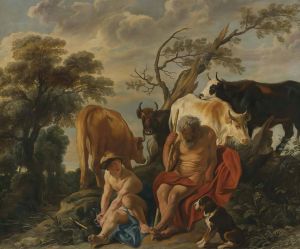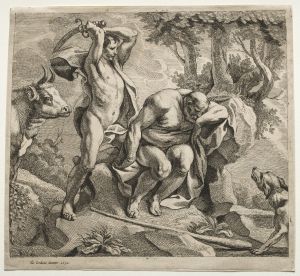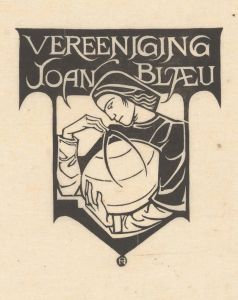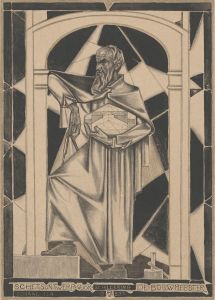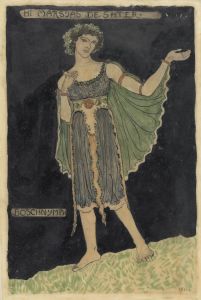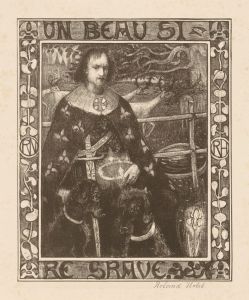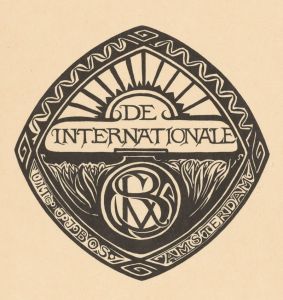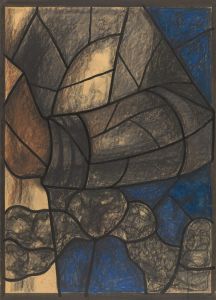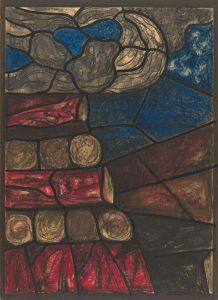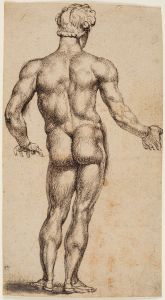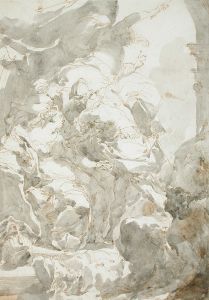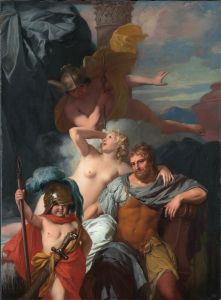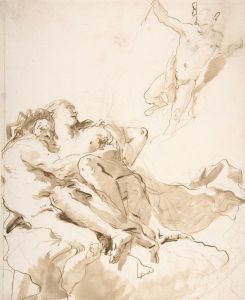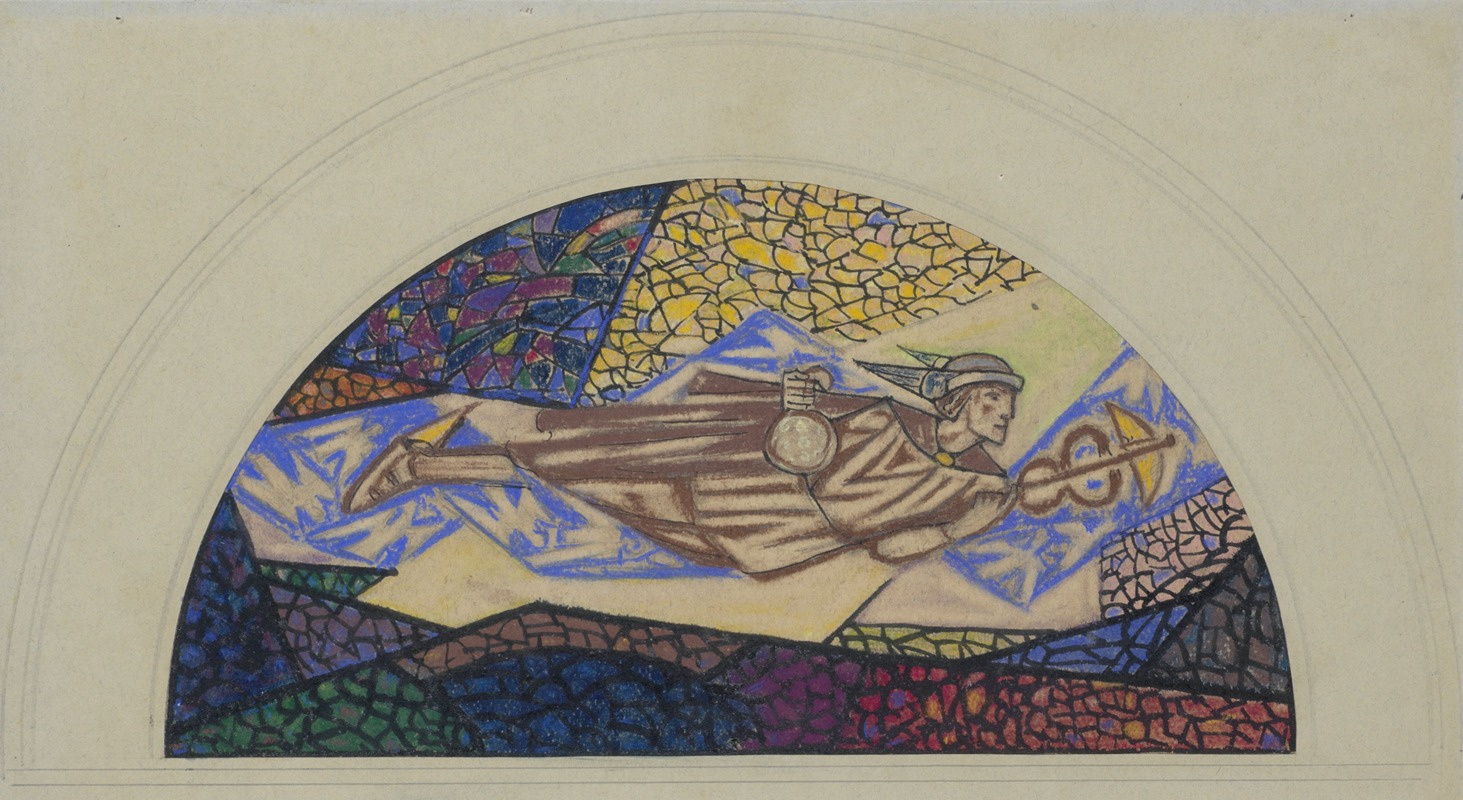
Ontwerp voor raam van het postkantoor te Utrecht; Mercurius
A hand-painted replica of Richard Nicolaüs Roland Holst’s masterpiece Ontwerp voor raam van het postkantoor te Utrecht; Mercurius, meticulously crafted by professional artists to capture the true essence of the original. Each piece is created with museum-quality canvas and rare mineral pigments, carefully painted by experienced artists with delicate brushstrokes and rich, layered colors to perfectly recreate the texture of the original artwork. Unlike machine-printed reproductions, this hand-painted version brings the painting to life, infused with the artist’s emotions and skill in every stroke. Whether for personal collection or home decoration, it instantly elevates the artistic atmosphere of any space.
Richard Nicolaüs Roland Holst was a prominent Dutch artist known for his contributions to the Arts and Crafts movement in the Netherlands. Born on December 4, 1868, in Amsterdam, he became a significant figure in the Dutch art scene during the late 19th and early 20th centuries. Holst's work often encompassed a variety of mediums, including painting, illustration, and design. One of his notable works is the "Ontwerp voor raam van het postkantoor te Utrecht; Mercurius," which translates to "Design for the Window of the Post Office in Utrecht; Mercury."
This artwork was created as a design for a stained glass window intended for the post office in Utrecht, a city in the Netherlands. The piece features Mercury, the Roman god of commerce, communication, and travelers, which is fitting given the context of a post office, a place associated with communication and the exchange of information. Mercury is often depicted with his characteristic attributes, such as the caduceus (a staff entwined with two serpents), winged sandals, and a winged helmet, symbolizing swiftness and the transmission of messages.
Holst's design reflects the influence of the Arts and Crafts movement, which emphasized craftsmanship, the use of traditional techniques, and the integration of art into everyday life. This movement was a reaction against the industrialization of the late 19th century, advocating for a return to handcrafted artistry and the beauty of natural materials. Holst, like many of his contemporaries, sought to create works that were not only aesthetically pleasing but also functional and meaningful within their intended spaces.
The "Ontwerp voor raam van het postkantoor te Utrecht; Mercurius" is characterized by its intricate detailing and harmonious composition. Holst's use of color and form would have been carefully considered to ensure that the design was both visually striking and suitable for the medium of stained glass. Stained glass, with its ability to transform light and color, would have added a dynamic and luminous quality to the post office interior, enhancing the architectural space and creating an inspiring environment for both workers and visitors.
Richard Roland Holst was also known for his involvement in education and his role as a teacher. He served as a professor at the Rijksakademie van Beeldende Kunsten (State Academy of Fine Arts) in Amsterdam, where he influenced a generation of artists with his ideas and dedication to the integration of art and life. His work extended beyond stained glass to include murals, book illustrations, and other forms of decorative art, all of which demonstrated his commitment to the principles of the Arts and Crafts movement.
Holst's legacy is evident in the continued appreciation of his work and his contributions to Dutch art and design. The "Ontwerp voor raam van het postkantoor te Utrecht; Mercurius" stands as a testament to his skill as a designer and his ability to imbue functional objects with artistic beauty and cultural significance. Through works like this, Holst helped to shape the visual and cultural landscape of his time, leaving a lasting impact on the world of art and design.





